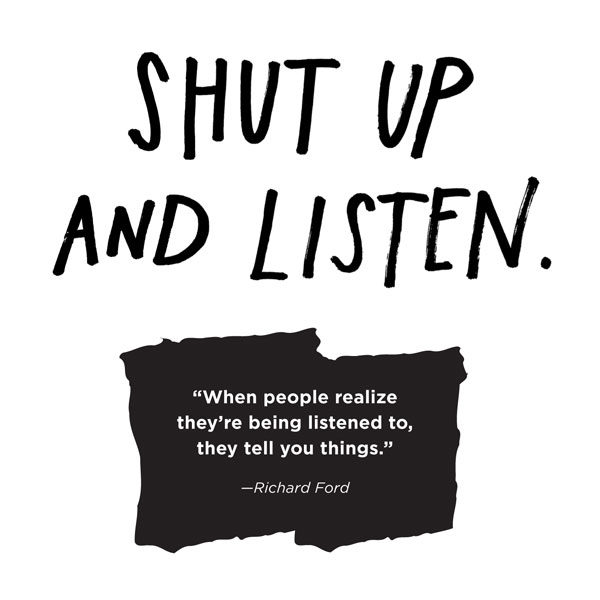As you may know, I am a HUGE John Hattie fan. His research has completely changed and enhanced my philosophy about how students (and adults) learn. So when I had the chance to hear him speak at our recent convention, I was thrilled. And his keynote did not disappoint as he shared great insights into the different types of learning, the jigsaw method, and more.
But I was saddened to hear part of his speech about the research on what is happening in classrooms right now with regard to talking.
How Fast We’re Talking
Hattie stated that, in primary schools, kids talk about about 124 words per minute. Secondary students talk at a rate of approximately 140 words per minute. Teachers, however, across all grade levels, are incredibly fast talkers who speak at 174 words per minute, which is too fast for many students to comprehend. And teachers also tend to speak at 1.5 to two grades above the grade level they are teaching.
Let’s just think about that for a minute. We are speaking too fast for kids to comprehend and we are speaking above what they could understand even if we slowed down. So there is an obvious need to reduce the speed at which we talk and carefully consider our vocabulary as we are teaching.
Are You Listening?
But beyond the speed and vocabulary level at which we speak, there is also the question of who is doing the most talking in our classrooms. I think we can all agree that it should be the students. They should be asking questions, talking with each other, problem solving out loud. But the research is clear.
- 89% of the talking that occurs in our classrooms is done by the teacher, not the students.
- Teachers ask, on average, 142 questions a day to the students, almost all of which require three-word responses or less.
- Students ask, on average, 11 total questions a day, of which nine are procedural. (What page are we on? Can I go to the bathroom? Will there be a test on this?)
- More than 90% of the questions that teachers ask each day of the students are surface learning questions. The statistic is the same for the percent of questions that are asked on tests.
So what are the chances that students will be able to effectively learn if we are doing all of the talking and they are only listening? What are the chances that students will be able to master complex ideas if they rarely engage in content-related or deep-thinking questions? How likely is it that they will develop appropriate speech patterns and vocabulary if they are only listening and not speaking? How can we know our students if we are only listening to them 11% of the time?
What’s the Solution?
I can remember when I was learning to be a teacher that I was encouraged to use the 10-second wait time strategy. That meant that, after asking a question, I would wait 10 seconds before calling on a student to respond or before I gave the answer. While I think that strategy may still have some merit at certain times, I think more drastic measures are required. The simplest solution is for us as teachers to quit talking.

There’s an old saying that there’s a reason why humans have one mouth and two ears. We should be listening twice as much as we are speaking. I think we all need to try to listen more starting right now. To listen to our students, to listen to our colleagues, to listen to our family and friends — this is what I challenge you to do beginning today.
Update
Dennis Schug shared these ideas on this subject after reading the blog. What do you think?
What if we: Focused on asking/inviting better questions? Developed a bank of facilitator protocols? Used “wait time” to create space? Co-constructed a culture celebrating #stuvoice?


5 comments
Clear and well stated. We need to attend to this for our students.
Thanks for the “average speed of talking” data!
Your theme also ties-in for me with reflection on “who’s doing the screen sharing?” nowadays too.
Well familiarity of your students and them knowing you is big factor as well.
I’m looking for the research that shows the numbers on teacher vs. student talk in the classroom. Can you share where you got the 89% teacher talk and 90% surface learning questions. Thank you!
Hi Madison! It’s from John Hattie’s research. Here is an interview with him, and he also addresses this some in his book “Visible Learning for Teachers.”